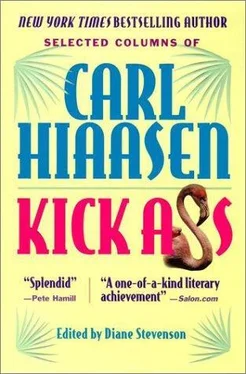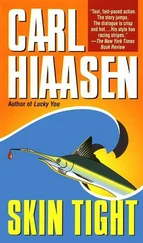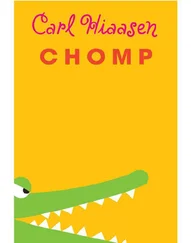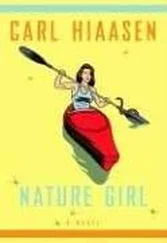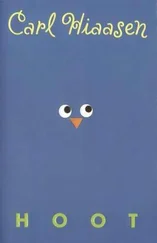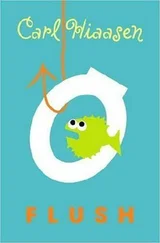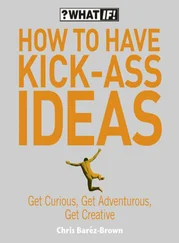"Everything," the young man said.
For poorest, life only gets worse
January 18, 1989
The word is riot.
Not melee, or disturbance, or incident. If it makes you feel better, go ahead and say it that way.
But the word is riot.
Whether it lasts five minutes, five hours or five days, the ingredients are the same—the fierce combustion of honest passion, confused fury, frustration and idle thuggery.
A young man is dead in the street with a police bullet in his head, and all you know is what you hear on the corner, and what you hear on the corner is bad.
So there is your spark.
What you saw on television the other night you've seen before. And if you were there, in Overtown, there was only one word for what was happening. And it was happening on Martin Luther King Day, of all days.
Gunshots. Looting. Cars on fire. Cops under siege. What would you call it—a heated dispute?
For, oh, how we yearn to minimize this thing, to calibrate it in some way to reassure the tourists and the national media that it isn't as terrible as it was in 1982 or 1980.
No, it's not nearly as terrible. Not if you merely add up the dead and wounded, count all the rocks and bottles. Take a quick survey of gutted buildings and charred cars.
No, by that measure it's not as terrible as before. Not unless you happen to live there. Then it's worse.
On Monday night, troopers blocked the interstate and sealed off the core of the city. On Tuesday morning, civic types downplayed what this will do to Miami's future as a vacation destination. They hoped that the visiting press wouldn't dwell on this isolated "disturbance" on the eve of the Super Bowl.
Well, screw the football game. This community's problem is slightly more pressing than PR. What good is a shimmering new skyline when the streets below it are bleaker than ever?
We've got neighborhoods that in eight years have edged no closer to becoming humane places to raise a family. Neighborhoods with not enough decent housing and not enough decent jobs. And now we've got a new influx of refugees to add to the tension.
We also have something we didn't have in 1982 or 1980, something to deepen the cycle of despair and futility. Now we have crack cocaine.
In these neighborhoods, some of the first sounds that a child learns to recognize are the flat crack of gunfire and the whine of a police siren.
Nearing midnight: We are on the corner of Northwest Second Avenue and 2oth Street. A building has been set aflame and a crowd is gathered outside to watch it go down, and talk about what happened to the young man on the motorcycle, the young man who died.
The intersection is clogged with cops and journalists. The fire gives an orange glow to the smoke roiling skyward, a sight that brings back memories. This time around, the cops know the drill of neighborhood containment. This time around, most of the photographers are wearing bulletproof vests.
Every time a squad car goes by—pump guns bristling from the windows—there is the crackle of broken glass on pavement; glass everywhere, just like the last time. Two dumpsters are on fire. Overhead a police helicopter circles the blaze and aims a piercing white eye on the dismal neighborhood.
On the corners with the women are children, so many of them, and so small. Many of these kids were not yet born when Arthur McDuffie was beaten to death near the expressway. Some were still in diapers when Nevell Johnson Jr. was shot in the head at a video arcade.
Now, barefoot, these children of the new Miami tiptoe around the glass on the street. Gingerly they pick up the small gray cardboard canisters—toys for the little ones, souvenirs for teenagers. The labels on the canister say: No. 2 Riot Agent CS Grenade, Continuous Discharge. Manufactured by the Smith & Wesson Chemical Co.
Riot agent. Gas. A pungent damp cloud of the stuff rolls down 2oth Street. This time around, the cops and photographers have brought masks.
The little children rub their eyes and scurry to get upwind. It is their first whiff of tear gas, but they are learning fast. On these streets, they will have no choice.
HRS research project is a study in folly
January 29, 1990
What will those clever minds at HRS think of next?
The newest scheme is to deny job training to thousands of eligible poor people—then pay for a research study to see how they're doing.
Amazing but true.
This spring, about 5,500 indigent Floridians will be purposely shut out of a program that offers job skills and child-care benefits instead of straight welfare. The theory behind the $25 million Project Independence was to train people for jobs so that eventually they can get off public assistance.
Similar welfare-to-work plans have been advocated as a first step toward fixing the nation's paralyzed anti-poverty programs. Many experts now believe that welfare is hopeless unless it's tied positively to employment.
To test the effectiveness of Project Independence, a private research company will create what is known in science as a control group—in this case, 5,500 people who will be denied the job classes and child care, and studied like human guinea pigs.
Their "progress" over a three-year period will be compared to that of the 11,000 luckier souls enrolled in Project Independence.
Gee, I wonder what the findings might be. Do you suppose a person who gets job training stands a slightly better chance of finding work than someone with no skills?
To answer this and other stumpers, The Manpower Demonstration Research Corp. of New York is being paid $2.4 million. The firm has conducted similar studies elsewhere, and claims that the results enable "workfare" programs to become more efficient.
That sounds like promotional hype, but let's assume it isn't. Let's assume the methodology is sound. If hope is snatched from a single destitute family, then the human cost of this experiment is too high.
Several legislators have joined sociologists in condemning the program as cruel and exploitative. HRS says the study is perfectly ethical.
Maybe a white rat wouldn't put up a fuss, but these are human beings chosen without their consent to be Group A—the have-nots. The selection process is supposedly random, a bleak lottery that will affect the lives of needy people from Dade, Broward and seven other counties. Between 15 and 25 percent of all who apply for the jobs program will be shunted to the control group.
Remember that the outcasts are fully eligible under the law to participate in Project Independence. They are being rejected purely because the state wants to see how they fare without this special help.
Wait until the have-nots discover that somebody is being paid $2.4 million to watch them scurry through the urban maze. It works out to about $436 for every man, woman and child in the control group. The Ford Foundation gave $400,000 to bankroll the study, while we taxpayers are providing the remaining $2 million.
There's nothing wrong with reviewing public assistance projects to see if they really work. Given the miserable history of welfare, it makes sense to take a hard look at each program—but not like this.
The HRS plan is misguided, wasteful, coldhearted and just plain dumb. What possible social insight can be gained by randomly denying opportunity to some indigents while rewarding others? And what do you tell the unlucky ones—sorry, folks, maybe next time?
As long as the Legislature is funding deprivation experiments on humans, here's an interesting one:
Make a random selection of state employees (say, the Secretary of HRS and his top staff) and take away their jobs for three years. No salaries, no state cars, no expense accounts, no health insurance, no pensions.
Читать дальше
